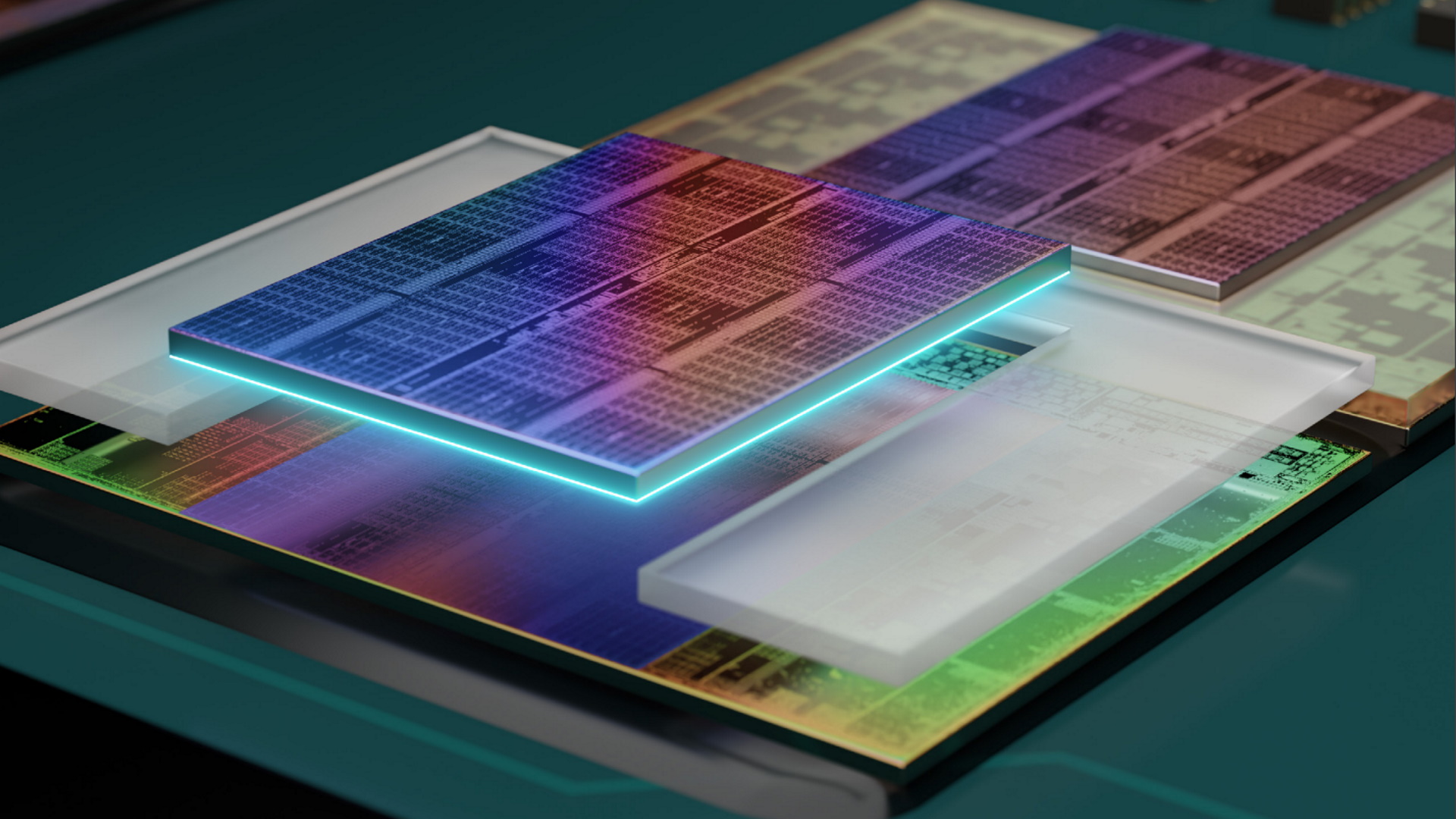Chris Szewczyk
Curated From www.pcgamer.com Check Them Out For More Content.

AMD is reportedly preparing to bring its 3D V-Cache technology to its Zen 4 mobile CPUs, and it’s about damn time! V-Cache equipped chips have been available for a long time in desktop and server form, but until now, we haven’t seen the tech make it into an AMD mobile chip.
According to a tweet (or is that an X, or whatever) from @9550pro, the first chip is the Ryzen 9 7945HX3D. It will feature in an upcoming Asus ROG Scar notebook. The chip features 16 Zen 4 cores and a total of 128MB of L3 cache. This is made up of 32MB on each of the two chiplets, plus an additional 64MB of stacked cache.
This chip will sit at the top of AMD’s mobile CPU range, so expect it to feature in flagship desktop replacement machines with the best GPUs. Battery life and mobility won’t be the selling point of these systems. It’ll be all about performance, and there’s every chance notebooks with this chip will be the fastest on the market.
If mobile V-Cache chips prove to be successful for AMD, there’s no reason to doubt we’ll see the tech trickle down to the worldlier models. 8-core or 6-core V-Cache equipped chips should offer excellent gaming performance, and with any luck, they won’t cost too much and deliver good battery life too, which is a trait of AMD’s mobile CPUs.
I’ve been surprised not to see AMD release V-Cache models for the notebook market. It is a natural fit given the characteristics of mobile chips. They don’t have the TDP or thermal budget of desktop chips, and they’re clocked lower, meaning more L3 cache should be even more advantageous in games that would otherwise require power guzzling raw clock speeds to maximize performance.
The non V-Cache equipped Ryzen 9 7945HX has a default TDP of 55-75W, which means any concerns over the fragile nature of the TSV interconnects that link the chiplet and cache should be absent. Excessive voltage is an enemy of V-Cache, and this is of no concern with lower voltage mobile chips.
As to how successful these chips are will depend on the rest of the system. V-Cache models won’t magically make GPU limited games at 4K run faster, but it will help at lower resolutions on systems with very high refresh rate screens. A system with a 7945HX3D, RTX 4090 and a 1080p screen is unlikely to be released, but at 1440p, a high end GPU delivering 240 FPS or higher is possible. Well optimized esport games are a case in point, and in that kind of use case, X3D mobile chips should be at their best.
Of course stacked cache isn’t beneficial for all games and applications. Some benefit more from clock speeds, and once the L3 cache fills, the system still needs to fall back to system memory. It’ll be interesting to see how AMD tunes its turbo modes, chiplet software and driver to deliver optimal performance for all types of mobile workloads.

